- DIY
- A
The history of creating the first electric karting in Russia
I want to clarify right away that this is not a promotional post. In this article, I describe the development my partner and I worked on 10 years ago. We started this project in 2015 and finished in 2017. Today, it is impossible to buy this product, as it is no longer being produced or sold.
The Story
In 2015, my colleague and I created the first electric go-kart in Russia, the E-kart. This is a series of machines with 3, 5, and 10 kW. Inspired by the advantages of electric propulsion, demonstrated by electric cars like the Tesla Model S, BMW i3, and others, we developed an irresistible desire to create an electric go-kart. Most people imagine electric cars as eco-friendly, non-polluting, green vehicles. Personally, I never understood this. After all, to generate clean electricity, coal, oil, and other fuels must be burned. Considering the losses during energy transmission and conversion, the amount of carbon emitted at the power plant will be greater than if it were burned directly in the car.
For me, the main advantage of electric propulsion is the high starting torque and a smooth torque curve across the entire operational range of the electric motor. For go-karts, which are typically used in rentals without a gearbox, and drive on winding tracks with frequent start-stop scenarios, these advantages are invaluable. Moreover, in this case, the absence of noise and exhaust opens up a new realm of rental go-karting in shopping and entertainment centers, where noise and air quality regulations are very strict.
Lacking experience in motorsport and mechanics, but being specialists in electrical engineering, we faced the task of choosing a chassis on which we would base our electric vehicle. After reviewing numerous options offered by domestic and foreign chassis manufacturers, we couldn't find an optimal solution. After a while, we found a specialist who makes custom frames for professional sports go-karts. It turned out that his work is popular not only in our region, and we received only positive feedback independently. In the end, he made the chassis for us based on a time-tested frame, which had to be slightly modified to accommodate the battery packs, with a preliminary strength calculation (since go-karts without a differential experience high torsional loads when entering a turn).
The next step was simpler. We had to choose the type of electric drive. With my extensive research in this field, it was obvious to me that a frequency-controlled BLDC drive based on a permanent magnet rotor electric motor was the best solution. For the power we intended to use, this solution was optimal since it has the best mass and size characteristics, as well as specific performance ratios.
Next, the question of power sources arose. Despite already understanding that the final kart version would not be cheap, we still decided to abandon the outdated lead-acid batteries and chose modern lithium iron phosphate batteries, which are completely safe and their self-ignition is inherently excluded. Moreover, such batteries have a much higher lifespan, in our case 3000...5000 charge-discharge cycles. Hiding these batteries in plastic boxes on the sides was not difficult, which definitely had a positive impact on the appearance of the kart.
The first technical feature that made us think was as follows. The nominal voltage of the drive is 48 V. Power is supplied from a battery pack consisting of 16 batteries, each providing 3V (so 16*3=48 V). The batteries are connected in series, and during the charging process, a situation occurs where batteries located near the positive terminal charge faster, while those near the negative terminal charge much slower. As a result, some batteries become overcharged, and others are undercharged, which reduces the lifespan of the overcharged ones and prevents the nominal voltage from being reached.
To solve this problem, the kart uses a BMS (battery management system), which monitors the voltage on each of the 16 batteries. As soon as the voltage reaches the maximum on the batteries closer to the positive terminal, it conditionally shorts them to resistance. That is, charging continues, but the overcharged batteries no longer participate, preventing them from overcharging. Gradually, more and more of such batteries are involved, and by the end, only the batteries near the negative terminal charge. When the total charge becomes maximum, the system breaks the circuit and charging stops.
The capacity of the battery pack is 40 Ah. The range is 35 km. To increase this figure, the electric drive system uses regenerative braking. More precisely, braking occurs in two stages. When the brake pedal is pressed, at the beginning of the pedal's travel, a sensor is activated that switches the inverter to the regeneration mode. In other words, during the first stage, braking is done electrically by the motor, and all the stored kinetic energy is used to recharge the battery pack. As a result, the hydraulic brake pads experience very little wear. If emergency braking is needed, the driver presses the brake pedal harder, all the way, and additional mechanical braking is engaged.
Finally, after assembling the kart, we achieved a result that exceeded all our expectations. On a small winding track, our creation with 6.8 horsepower passed much faster than its gasoline counterpart, which had 9 horsepower.
The first thing you notice when you take the wheel of an electric go-kart is the lack of vibration. Many petrol go-kart enthusiasts are familiar with the tremors in their hands after a long race. E-kart is completely free of this issue.
The steering system is designed so that when entering a turn, one of the wheels lifts, and the kart rides on three wheels, which makes the turn much smoother and requires less physical effort from the driver. Only professional drivers can judge its stability on the track, but it can be confidently said that driving an electric kart is pure pleasure, the sensation... as if you had moved from a rattling Zhiguli to a Mercedes.
For some reason, noise is a controversial issue for many. Many karting enthusiasts claim they cannot imagine driving without the roaring engine behind them. It should be noted for the sake of fairness that the only completely silent kart is one with a belt drive. The use of a chain is more reliable and also adds some noise, albeit a unique kind.
A pleasant addition for karting lovers is the presence of reverse. If a participant crashes into a barrier, there is no longer a need to wait for assistance from the service crew. Now, using a switch located on the front panel, the driver can simply switch the electric drive into reverse and move back on their own.
I personally always felt frustrated when I had to stop for such a reason, and the race was lost. However, rental karting companies have a different perspective on this advantage. Some believe that an unbalanced customer might abuse this function and drive in reverse during the race.
Over time, things turned out to be not so smooth. Rental karting companies had their own view on these matters. Over the three years of the project from 2015 to 2017, we sold 32 karts. We showed that it was possible.
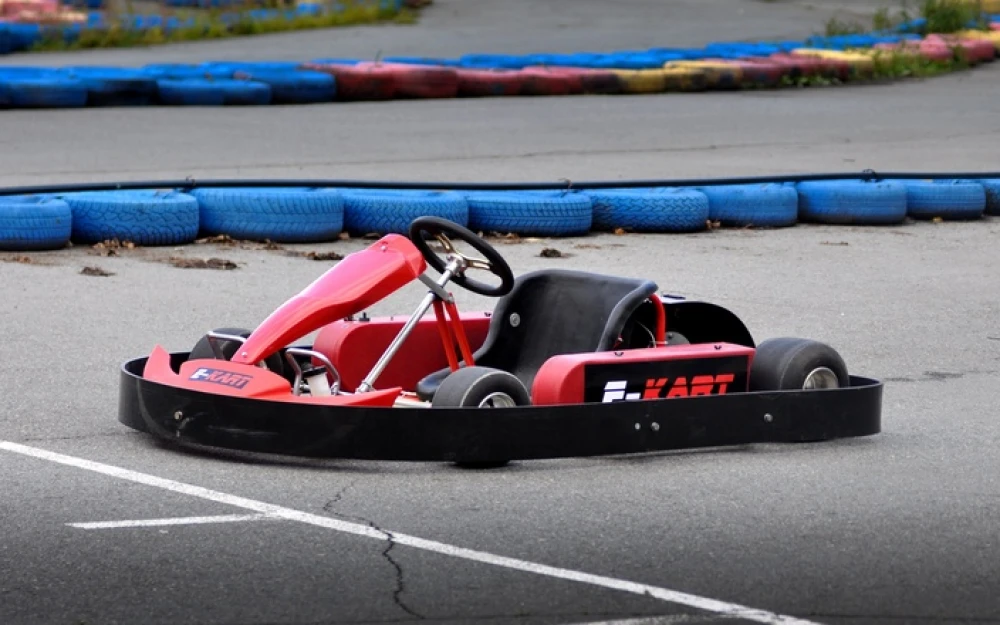
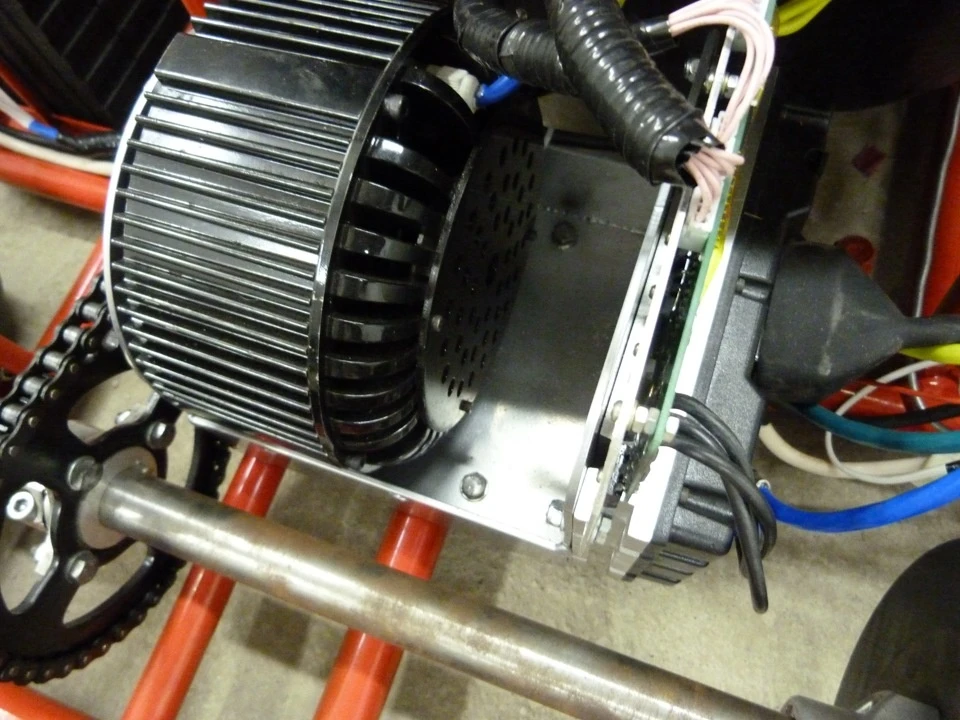
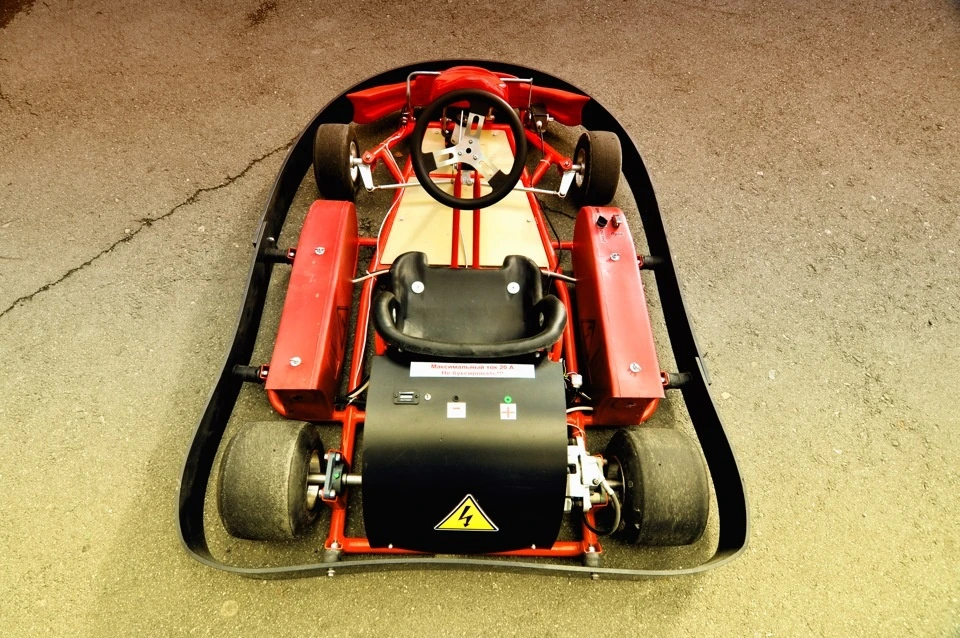
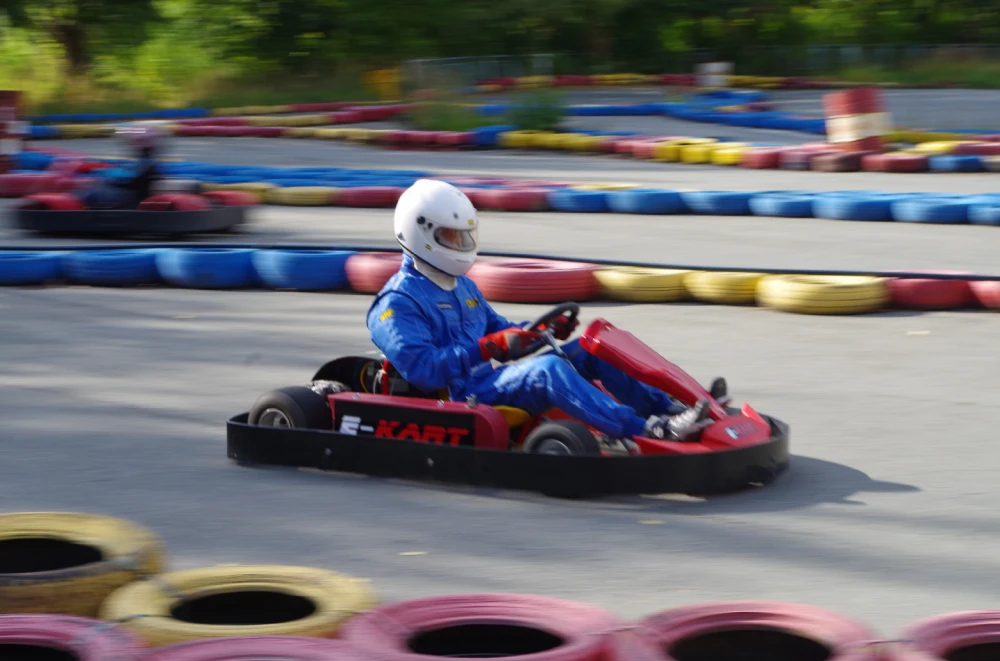
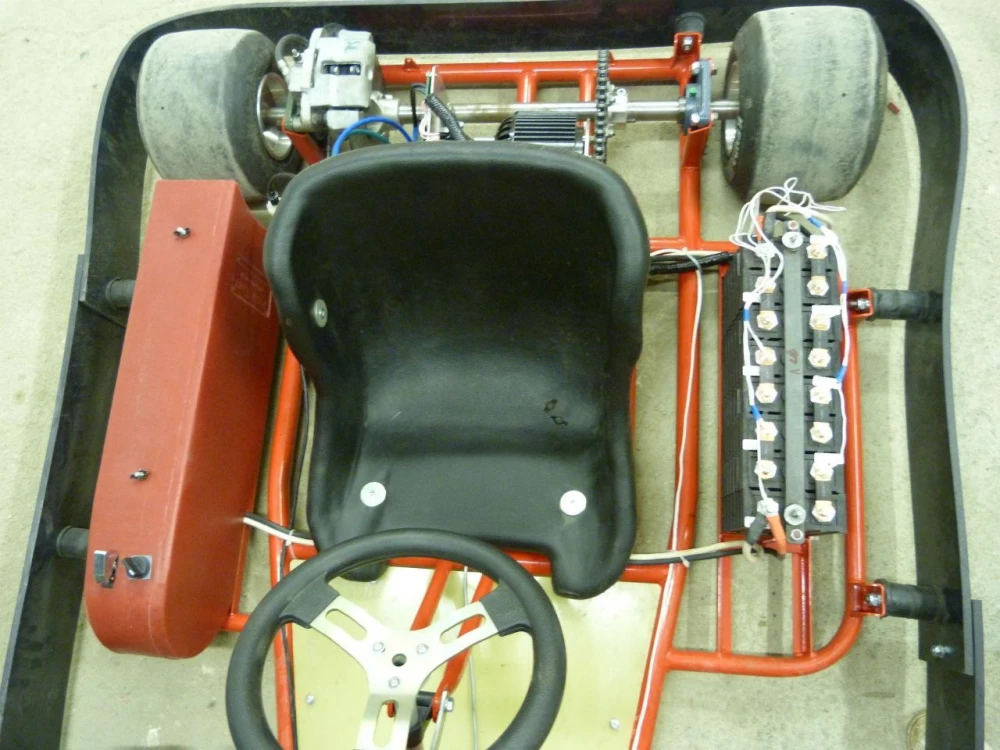
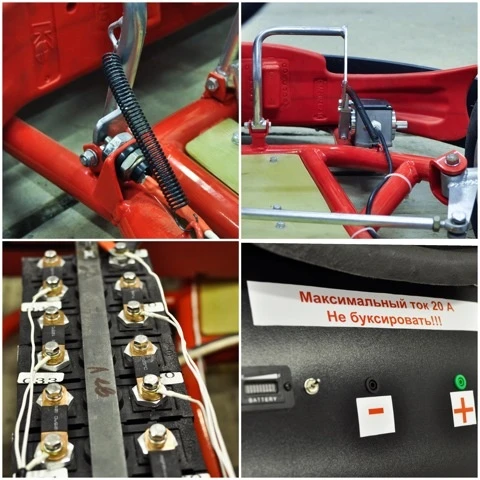
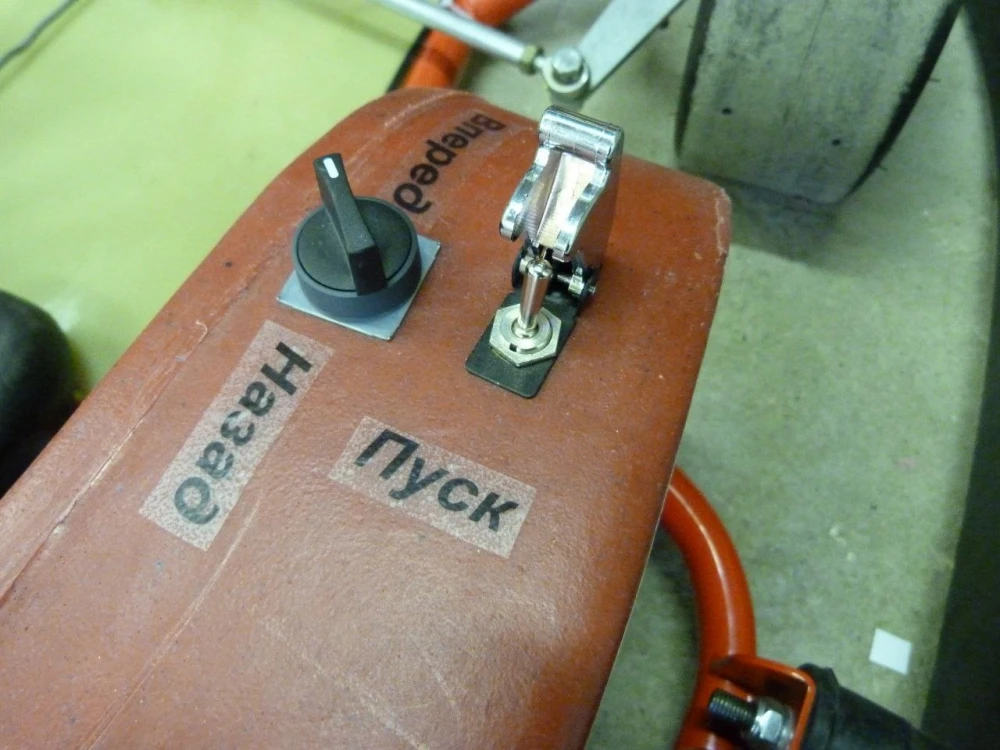
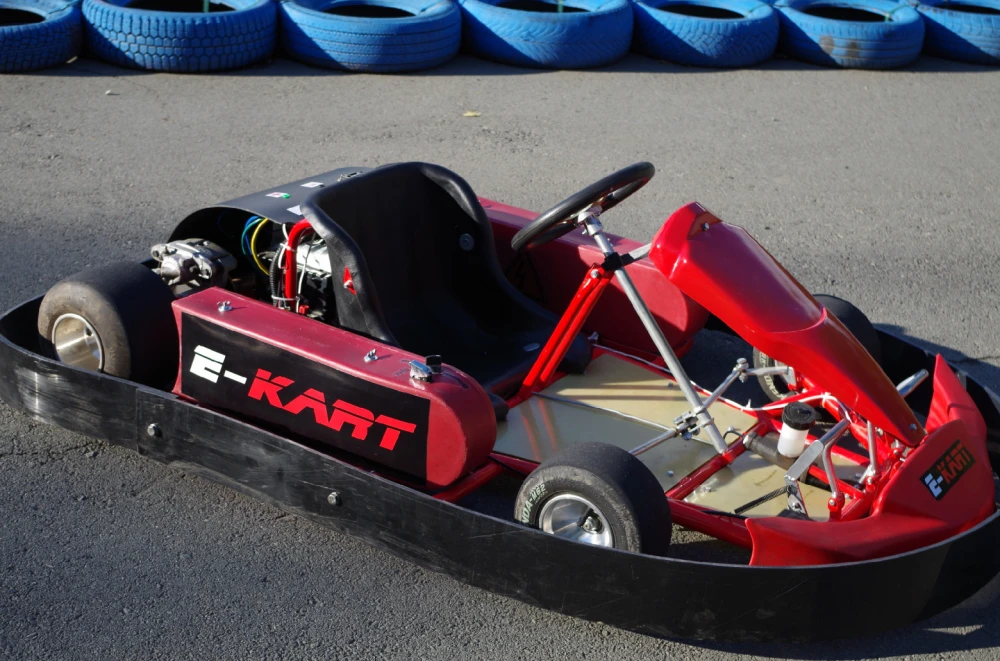








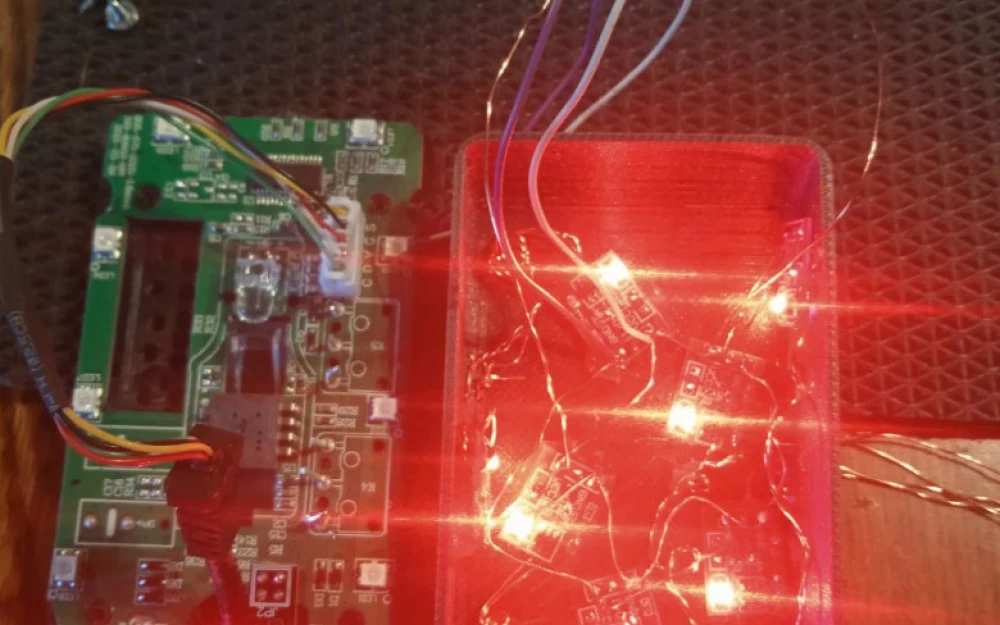
Write comment